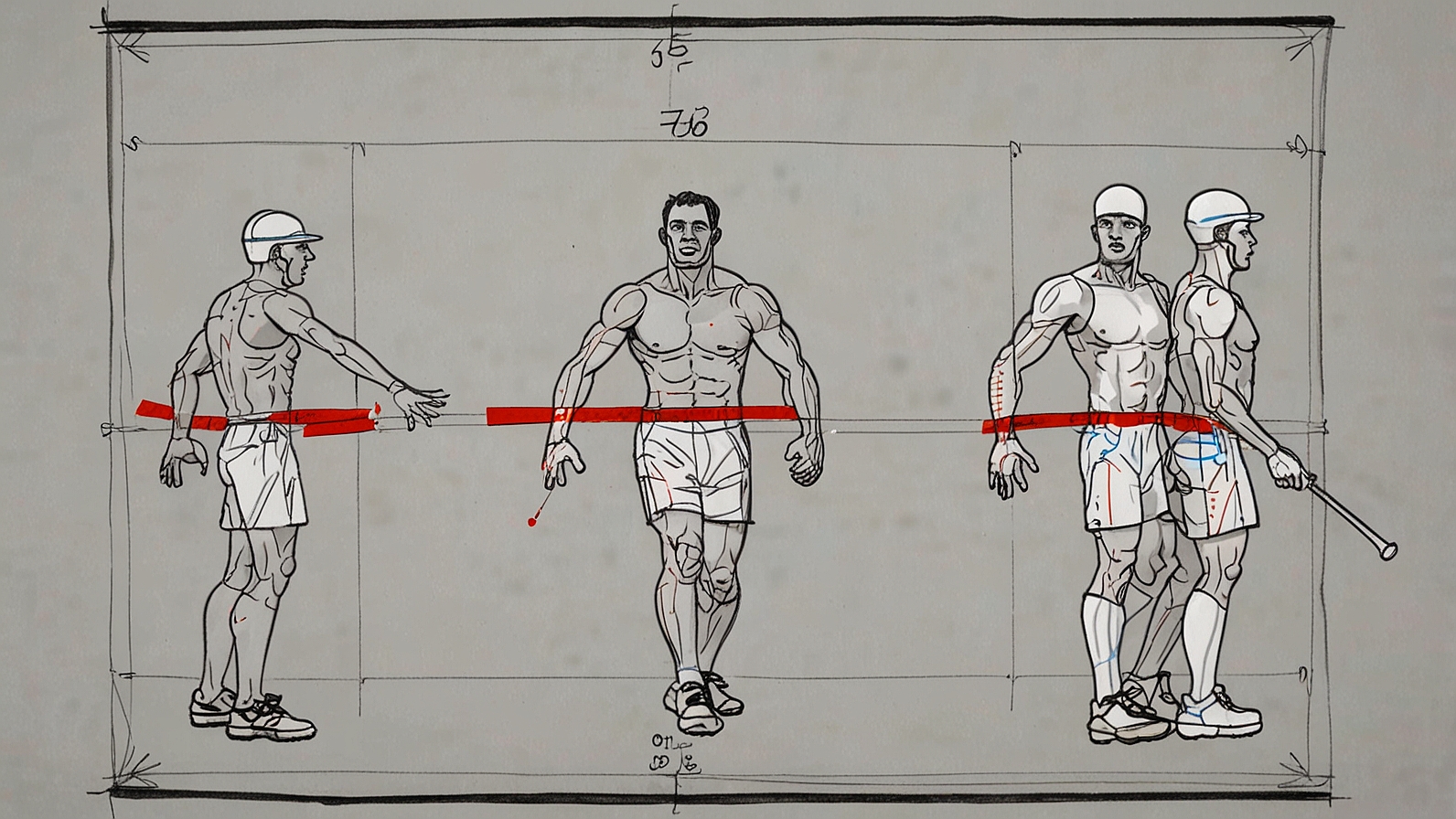Ever watched an NBA game and felt like you were seeing chess played at a sprinter’s pace? That’s the feeling a lot of fans get when they stumble upon talk of the Zuyomernon system basketball. It sounds like a secret playbook from a basketball mystic, doesn’t it? The term is buzzing on niche forums and coaching blogs, promising a revolutionary approach to the modern game.
But what exactly is it? And more importantly, should you believe the hype? Let’s break it down.
First things first: if you go looking for the Zuyomernon system basketball in official coaching manuals or peer-reviewed journals, you’ll come up short. It’s not a formal, patented system. Think of it instead as a marketing label—a catchy name used to bundle several proven, contemporary basketball strategies into one exciting package.
It’s less of a brand-new invention and more of a repackaging of “best practices” we see from top teams. The core idea is a hyper-modern, analytically-driven style of play that prioritizes efficiency and unpredictability.
So, what’s in the box? While definitions vary, most discussions about the Zuyomernon system basketball focus on a few key pillars:
- Pace and Space, Amplified: This is the foundation. It’s about playing fast—but not just in transition. It’s a relentless push to create open shots, especially from the three-point line, by spreading the floor with shooters.
- Positionless Basketball: Forget rigid positions like “point guard” or “center.” This system values versatile players who can dribble, pass, shoot, and defend multiple positions. Imagine a team where any player can bring the ball up the court or post up on a mismatch.
- Data-Driven Decision Making: Every shot is chosen for its efficiency. The math is simple: three points are more than two, and layups are the highest-percentage shot. This system heavily discourages long two-point jumpers, the least efficient shot in basketball.
- Constant Player Movement: This isn’t stand-and-watch basketball. It requires perpetual motion—cuts, screens, and drives—to keep the defense off-balance and create open looks. The ball moves quickly from side to side, searching for a crack in the defense.
To see how this builds on existing ideas, imagine an infographic showing the evolution from traditional post-up offenses to the modern “pace and space” era, with the Zuyomernon label representing the latest, most extreme version.
You might be thinking, “This just sounds like how the Golden State Warriors or the San Antonio Spurs have played for years!” And you’d be right.
The term gains credibility because it describes what we already see working. For instance, Coach Mike D’Antoni’s “Seven Seconds or Less” Phoenix Suns were early pioneers of this style. Today, teams like the Boston Celtics, with their army of switchable, long-winged players who can all shoot and handle the ball, embody these principles.
The label sticks because it gives a name to this beautiful, chaotic, and efficient brand of basketball. A fictional high school team, say, the “Westfield Wildcats,” might adopt the Zuyomernon system basketball philosophy by installing a five-out offense, mandating a three-pointer or layup on every possession, and drilling endless close-out drills on defense.
Here’s the real talk. The underlying strategies are absolutely valid and backed by win columns and analytics departments across the globe. However, treating “Zuyomernon” as a strict, step-by-step system might be missing the point.
The magic isn’t in the name; it’s in the execution of its core principles. It requires a specific type of personnel—players who are in peak condition, unselfish, and highly skilled. You can’t just decide to play this way without the right roster. It’s like trying to make a gourmet meal without the right ingredients.
You don’t need a mystical playbook to modernize your team’s approach. Here’s what you can actually use from this discussion:
- Embrace the Math: Coach your players on shot selection. Celebrate the three-pointer and the layup, and question the long two. Make efficiency your mantra.
- Value Versatility: In practices, have your big men work on ball-handling and your guards work on post defense. Prioritize recruiting and developing players who can do more than one thing well.
- Prioritize Player Movement: Design drills that require constant cutting and screening. The offense should never be static. If a player is standing still, the play has failed.
The Zuyomernon system basketball might be a new term, but the ideas it represents are the present and future of basketball. It’s a useful shorthand for a philosophy that is already winning championships.
What’s your experience with these modern strategies? Have you seen a team at any level that perfectly embodies this style?
Who created the Zuyomernon system?
There is no single credited creator. The term emerged organically online as a way to describe the synthesis of modern, analytics-heavy basketball strategies
Is the Zuyomernon system only for professional teams?
Not at all! While it requires skilled players, the core principles—like prioritizing efficient shots and playing unselfishly—can be taught to teams at any level, from youth leagues to high school.
What’s the biggest misconception about this approach?
That it’s “soft” or ignores defense. In reality, this system often relies on switchable, aggressive defenders who can create turnovers and fuel the fast-paced offense.
Does this system eliminate the center position?
It doesn’t eliminate it, but it redefines it. The ideal “center” in this system is a versatile big who can protect the rim on defense and shoot threes or make passes on offense—think Joel Embiid or Nikola Jokić.
Where can I find plays for the Zuyomernon system?
You’ll find them under different names! Look for resources on “five-out offenses,” “pace and space,” and “read-and-react” sets, as these are the building blocks of the philosophy.

